Supraspinatus muscle
Table of Contents
Supraspinatus Muscle Anatomy
The supraspinatus is a relatively small muscle of the upper back that runs from the supraspinatous fossa superior portion of the scapula (shoulder blade) to the greater tubercle of the humerus.
Supraspinatus with the other three muscles join to grouping rotator cuff and abduction of the shoulder joint is done. The spine of the scapula separates the supraspinatus muscle from the infraspinatus muscle, which originates below the spine.
This Muscle tendon overuse may lead to pain near the shoulder joint called supraspinatus Tendinitis.
Origin
It originates from the medial two-thirds of the supraspinous fossa of the scapula.
Insertion
It inserts into the upper impression of the greater tubercle of the humerus.
Nerve supply
The suprascapular nerve (c5-c6) supplies the muscle.
Blood supply
Arterial supply is from the suprascapular artery, a branch of the thyrocervical trunk of the subclavian artery. The suprascapular artery passes through the suprascapular notch, along with the suprascapular nerve to supply supraspinatus.
Sometimes supraspinatus receives a collateral blood supply via the dorsal scapular artery. Venous drainage is conveyed by the same-named veins which accompany the arteries and drain into the subclavian vein.
Lymphatic Drainage
In general, the arteries are followed by deep lymphatic drainage, and the veins by superficial lymphatic drainage. The inferior margin of the posterior axillary fold and the subscapular veins are home to the posterior subscapular nodes, which are the main lymphatic drainage points for the suprascapular region.
These nodes will drain efferently to the apical nodes and then to the central axillary nodes. The subclavian lymphatic trunk is made up of the combined efferent vessels. It can empty into the subclavian vein, the jugular lymphatic trunk, the jugulosubclavian venous junction, or infrequently a right lymphatic trunk. The thoracic duct is where the left trunk empties.
Action
Along with other short scapular muscles it steadies the head of the humerus during movements of the arm. Its main action is to abduct the shoulder joint from 0-15 is still controversial.
Function
While moving the glenohumeral joint, the supraspinatus muscle participates in the stabilization of the head of the humerus in the joint.
It also assists the deltoid muscle in the abduction of the arm at the glenohumeral joint.
Strengthening Exercise

- This muscle doing abduction of the shoulder joint mainly early abduction is with more to supraspinatus as compared to deltoid and as abduction is more than 30 degrees then deltoid muscle increases to work as compared to supraspinatus muscle.
- The goal of the exercise is to strengthen abductors in early 0-90 degrees during the initiation of shoulder abduction.
- Use of a Weight Cuff/Dumbbell in a standing position and then performing abduction of the shoulder up to 90 degrees and gradually releasing will strengthen the muscle.
- Repeat the maneuver. As exercise progresses, the use of theraband which targets early abduction movement with resistance is the best option for strengthening exercise.
Stretching Exercise
1. Elbow-Out Rotator Stretch
- Start standing or sitting tall. Place your left hand on the middle of your back, palm and elbow pointing out.
- Reach across the front of your body with your right hand and grab onto your left bicep or elbow.
- Gently pull forward.
- Hold for at least 30 seconds and then repeat on the other side.
Anatomical Variations
Aponeurotic enlargement of the supraspinatus tendon next to the bicipital groove is visible in approximately half of the MRI images analyzed in research investigations. This structure resembled a tendon and originated from the anterior part of the supraspinatus tendon, which traveled distally and parallel to the long head of the biceps tendon anterolaterally. Its distal insertion was on the superior side of the pectoralis major tendon.
The idea is that this aponeurotic expansion could strengthen the anterior tendon, which functions similarly to the rotator cable of the rotator cuff interval and has a small insertion imprint on the greater tuberosity.
Clinical Importance
Supraspinatus Tendinitis
- Supraspinatus tendinitis is a common and disabling condition that becomes more prevalent after middle age and is a common cause of pain in the shoulder joint. The main cause is resistive overuse.
- The muscle tendon of the rotator cuff is involved and affects the tendons of the musculoskeletal system and becomes degenerated, most often as a result of repetitive stresses and overloading during sports or occupational activities.
- The tendon of the Muscle commonly impinges under the acromion as it passes between the acromion and the humeral head. This mechanism is multi-factorial.
Rotator Cuff
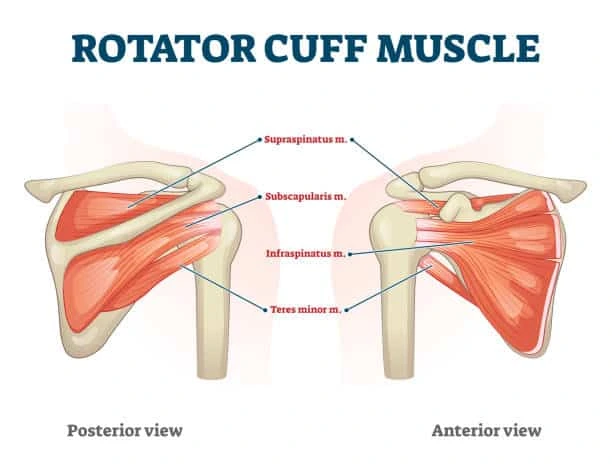
- Four muscles around the scapula-to-shoulder region joint make the Rotator Cuff Muscle. The four muscles are Supraspinatus, Infraspinatus, Teres minor, and Subscapularis.
- According to the first name of each muscle, they are also known as SITS. They arise from the scapular region and are inserted over the head of the Humerus -forming a cuff around the glenohumeral (GH) joint.
- They strengthen/stabilize the shoulder joint. Injury to this muscle Group may cause Rotator Cuff Injury.
The anatomical discrepancies in the anterior and posterior bellies of the supraspinatus muscle may account for the reported functional differences following injury. If the anterior belly is not ruptured and the anterior fibers are protected, the person’s ability to extend their arm above 90 degrees may be less affected.
It is crucial to monitor the structural integrity of the muscle and both halves during surgery in order to facilitate appropriate rehabilitation measures and gain a better understanding of post-operative recovery and functional ability.
Effective communication among all members of the healthcare team can enhance the best potential outcome for a patient with supraspinatus pathology. The muscle part that is pathologically involved, whether the rotator cuff interval is surgically closed or injured, and if the anterior fibers were engaged in the tear and repair are all crucial for optimal outcomes.
For radiological identification, conservative treatment, surgical decision-making, and post-operative rehabilitation, effective collaboration is crucial.
FAQ
Pain in the supraspinatus muscle can be caused by a number of factors, including:
Rotator cuff injury: Any injury or tear to the rotator cuff, including the supraspinatus muscle, can cause pain. This can be due to overuse, trauma, or degeneration.
Impingement syndrome: This occurs when the supraspinatus muscle or other structures in the shoulder are compressed or pinched, causing pain and inflammation.
Shoulder bursitis: Inflammation of the bursa (a small fluid-filled sac) in the shoulder can cause pain in the supraspinatus muscle.
Frozen shoulder: This condition involves stiffness and pain in the shoulder joint, which can affect the supraspinatus muscle.
Tendinitis: Inflammation of the tendon that attaches the supraspinatus muscle to the shoulder bone can cause pain.
Shoulder instability: When the shoulder joint is unstable, the supraspinatus muscle may have to work harder to stabilize it, leading to pain.
Repetitive strain injury: Overuse of the supraspinatus muscle, such as with repetitive overhead motions, can lead to pain and injury.
It’s important to see a healthcare professional if you’re experiencing pain in the supraspinatus muscle, as they can help determine the underlying cause and provide appropriate treatment.
The treatment for supraspinatus pain will depend on the underlying cause. Here are some common treatment options:
Rest: Resting the affected shoulder and avoiding activities that aggravate the pain can help alleviate symptoms.
Ice and heat therapy: Applying ice to the affected area for 15-20 minutes at a time, several times a day, can help reduce pain and inflammation. After a few days, switching to heat therapy may also help improve blood flow and promote healing.
Physical therapy: A physical therapist can help you perform exercises that strengthen the supraspinatus muscle and improve shoulder range of motion.
Pain medications: Over-the-counter pain relievers, such as acetaminophen or nonsteroidal anti-inflammatory drugs (NSAIDs) like ibuprofen, can help reduce pain and inflammation.
Injections: In some cases, corticosteroid injections may be recommended to reduce pain and inflammation in the shoulder.
Surgery: In cases of severe injury or tear to the supraspinatus muscle, surgery may be necessary to repair or reattach the muscle.
It’s important to consult with a healthcare professional to determine the best course of treatment for your specific case of supraspinatus pain.
The recovery time from supraspinatus pain can vary depending on the underlying cause, the severity of the injury, and the type of treatment received. In general, mild cases of supraspinatus pain may improve with rest and self-care within a few days to a few weeks. However, more severe injuries or conditions may take longer to heal and require more extensive treatment.
For example, if the pain is due to a rotator cuff tear or impingement syndrome, recovery may take several weeks to months. Physical therapy may be recommended to strengthen the muscles and improve range of motion. It’s important to follow the recommended treatment plan and avoid activities that aggravate the pain to allow the shoulder to heal properly.
In cases where surgery is necessary, recovery may take several months, and physical therapy will be an important part of the rehabilitation process. The length of time for recovery will depend on the extent of the injury and the individual’s overall health and healing abilities.
It’s important to consult with a healthcare professional to get an accurate assessment of the recovery time for your specific case of supraspinatus pain.
The duration of supraspinatus pain can vary depending on the underlying cause, the severity of the injury, and the type of treatment received. Mild cases of supraspinatus pain may resolve on their own within a few days or weeks with rest and self-care. However, more severe injuries or conditions may take longer to heal and require more extensive treatment.
For example, if the pain is due to a minor strain or overuse injury, it may last a few days to a few weeks. In cases of rotator cuff tear or impingement syndrome, the pain may persist for several weeks to months, even with treatment.
The length of time the pain lasts will also depend on how well the individual follows the recommended treatment plan and avoids activities that aggravate the pain. Failure to rest and allow the shoulder to heal properly may prolong the pain and delay recovery.
It’s important to consult with a healthcare professional to get an accurate assessment of the duration of supraspinatus pain for your specific case and to receive appropriate treatment.

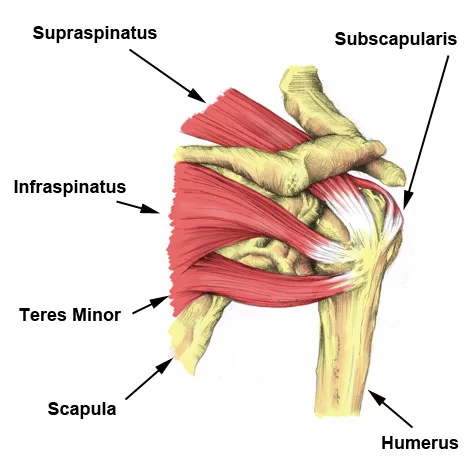
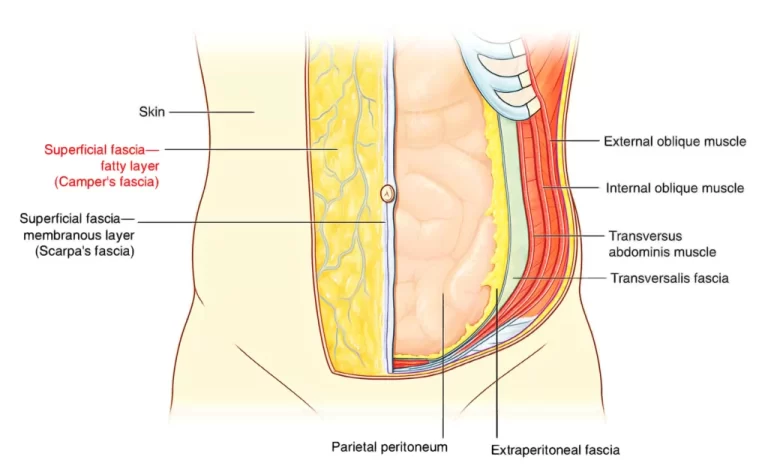
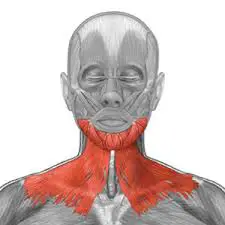
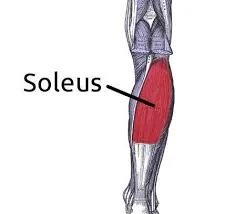

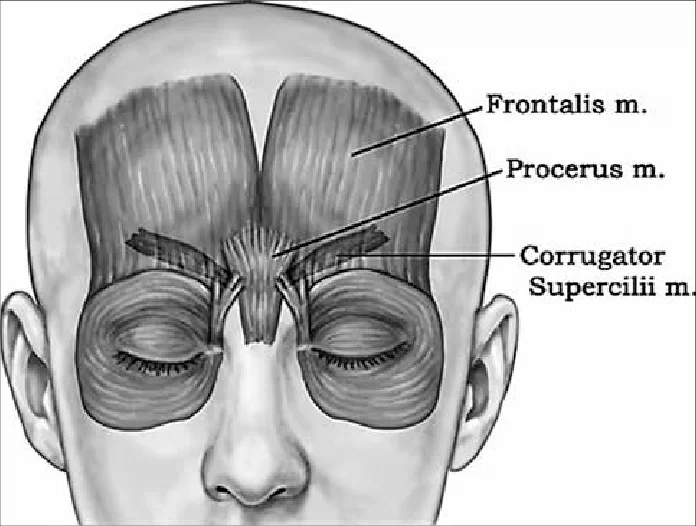

8 Comments